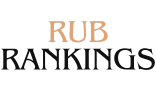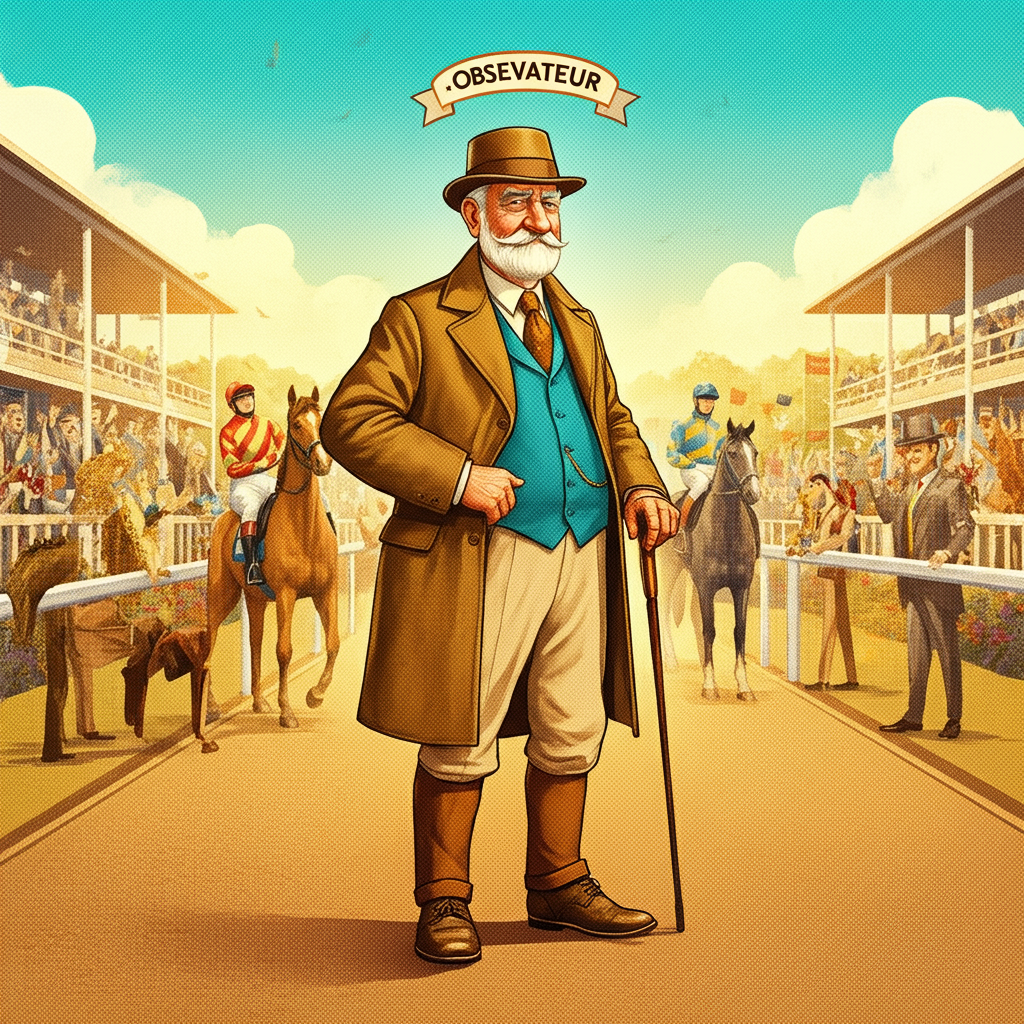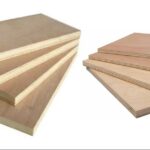Choosing the right horse for betting or racing requires a blend of skill, knowledge, and a little bit of intuition. Whether you’re a seasoned bettor or a beginner eager to make informed decisions, understanding the nuances of horse selection can elevate your game and your winnings. Observateur du Turf, a trusted name in the racing community, provides expert insights so you can make educated choices every time.
This guide will take you through everything you need to know to pick the right horse. From understanding horses’ performance metrics to evaluating track conditions and analyzing jockeys, we’ve got all the tools you need to make confident bets.
Let’s unlock the secrets to making smarter selections and outperforming the competition.
The Basics of Evaluating Horses
Study the Racing Form
The racing form is one of the most valuable tools for horse bettors and enthusiasts. It contains detailed information about the horse’s previous performances, including the race distance, finishing positions, and the class of competition.
Key areas to focus on in the racing form:
- Past Performance: Look for consistent top-three finishes in similar conditions.
- Speed Ratings: Compare the horse’s speed figures from recent races to the competition.
- Form Cycle: Check if the horse is in top racing condition or coming off a layoff.
Pro Tip from Observateur du Turf: A horse with consistent performances across multiple races and favorable speed ratings is often a safer bet, but don’t overlook improving horses that might just be peaking.
Pay Attention to Class
Different races have varying levels of competition, typically categorized into classes. For example, grading races like Grade I, II, or III represent the highest levels, while smaller claiming races often feature less competitive fields.
- A horse moving up in class might struggle against better competitors.
- Conversely, a horse dropping in class could have a better chance at dominating the field.
Consider the Race Distance
Not all horses excel at the same distance. Some thrive in short sprints, while others perform better in long-distance endurance races. Study the horse’s prior races to determine its preferred running distance.
Surface and Track Conditions
Horses have preferences for track surfaces (e.g., turf, dirt, or synthetic) and weather conditions. Review the horse’s racing history to check its performance in various scenarios.
For example:
- Some horses perform better on wet tracks (“mudlarks”).
- Others excel on dry, fast surfaces.
Observateur du Turf emphasizes matching the horse’s track record with the expected surface conditions on race day.
Advanced Tips for Choosing the Right Horse
Jockey and Trainer Influence
Behind every great horse, there’s a skilled team of trainers and jockeys. A jockey’s track record can be a strong indicator of a horse’s likelihood to finish at the top. Similarly, successful trainers have strategies for preparing horses for specific conditions.
What to look for:
- Jockey win percentages at the current track.
- Strong partnerships between jockeys and horses in prior races.
- Trainers with high success rates in similar race types or classes.
Insider insight: Observateur du Turf suggests tracking which jockeys consistently perform well at specific tracks. Certain jockeys seem to have a knack for reading a particular course’s nuances.
Understanding Odds
The odds aren’t just about potential payouts; they often reflect public sentiment and insider knowledge on a horse’s chances of winning. However, don’t solely rely on the favorites. Value can often be found in mid-range odds horses overlooked by the crowd.
Examining late shifts in odds—influenced by heavy betting closer to the race time—is another strategic tip that seasoned bettors follow. Observateur du Turf stresses the importance of balancing favorites with value bets for a more diversified approach.
Observe the Horse’s Behavior
If you’re at the track, watching the horses during the pre-race parade can give you clues about their condition and temperament.
Signs of a confident and ready horse include:
- Bright, alert eyes.
- Smooth and glossy coat.
- Calm demeanor before the race.
Red flags include excessive sweating (not linked to heat), skittishness, or missteps while walking.
Popular Horse Selection Methods
Handicap Betting
Handicap racing levels the playing field by assigning weights to horses based on their abilities. This makes analyzing handicaps a key component for choosing the right horse. Study the assigned weights and balance them with the horse’s racing stats to assess its likelihood of winning under those conditions.
Following Trends
Observateur du Turf often highlights how historical trends provide patterns that can guide predictive outcomes. For instance, past winners of specific races might exhibit similarities in speed, class, or training. Pay attention to these recurring themes as you make your choices.
Mistakes to Avoid
Even seasoned horse bettors can fall into common traps. Save yourself from these pitfalls if you’re aiming for success.
Ignoring Newcomers
While experienced horses might seem like safer picks, give newcomers in the field a chance. They often bring surprises and can deliver excellent performances, especially when coming from top trainers or with strong pedigrees.
Focusing Solely on Favorites
Favorites often demand low odds, minimizing your payout potential even if they win. Observateur du Turf recommends identifying dark horses that show strong potential but are undervalued by the odds.
Why Observateur du Turf is Trusted in Horse Racing
Choosing the right horse can often feel daunting with so many variables at play. That’s where a trusted guide can make all the difference. Observateur du Turf provides in-depth analyses, professional insights, and actionable tips to simplify the process of picking the right horse. With years of expertise, it’s no surprise that enthusiasts rely on them for smarter betting strategies and higher success rates.
Beyond offering horse racing advice, Observateur du Turf builds a community of informed bettors who have the tools to stay ahead of the curve.
Bringing It All Together
Selecting the right horse is both an art and a science, a mix of informed analytics and intuition. With tools like Observateur du Turf’s insider expertise, you can analyze key factors such as past performance, class, jockey influence, and track conditions to make confident decisions.
Whether you’re a seasoned bettor or just starting, remember this golden rule from Observateur du Turf professionals: Preparation is everything. The more you know about the horses, jockeys, and race specifics, the better position you’ll be in to succeed.
Start implementing these tips on your next race day, and you’ll soon see your results improve. Leave guesswork behind, and trust in strategy and analysis.



